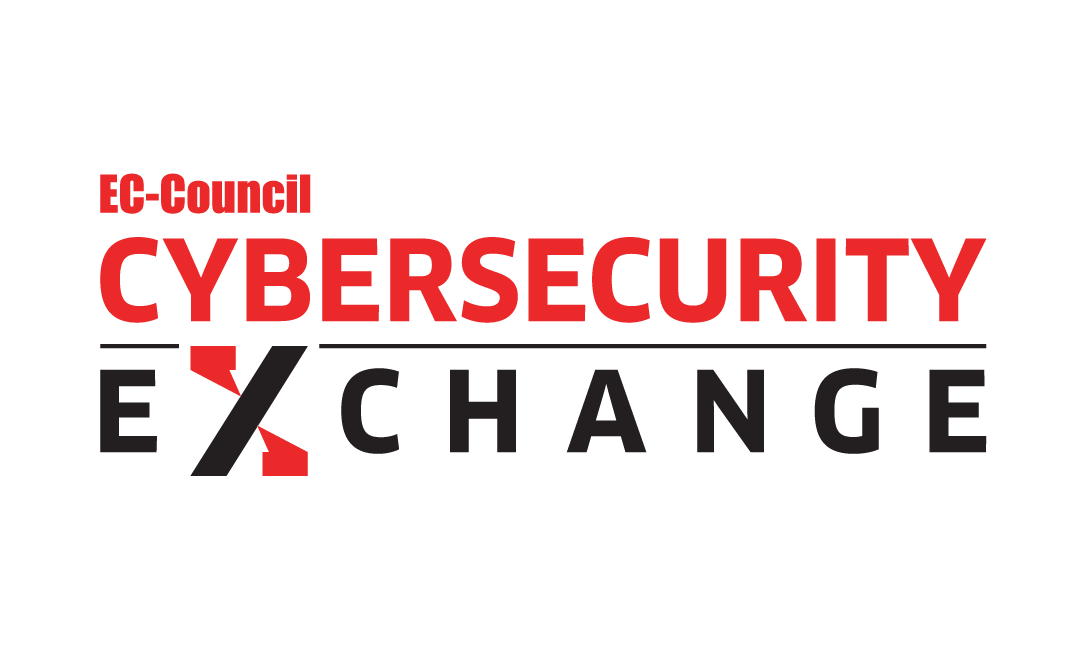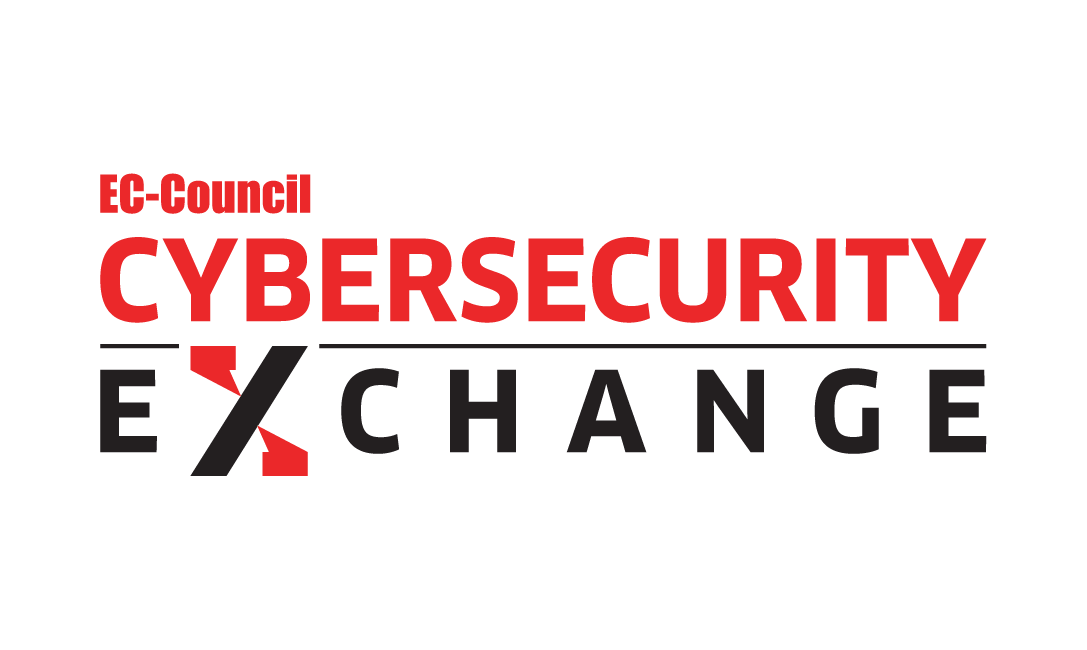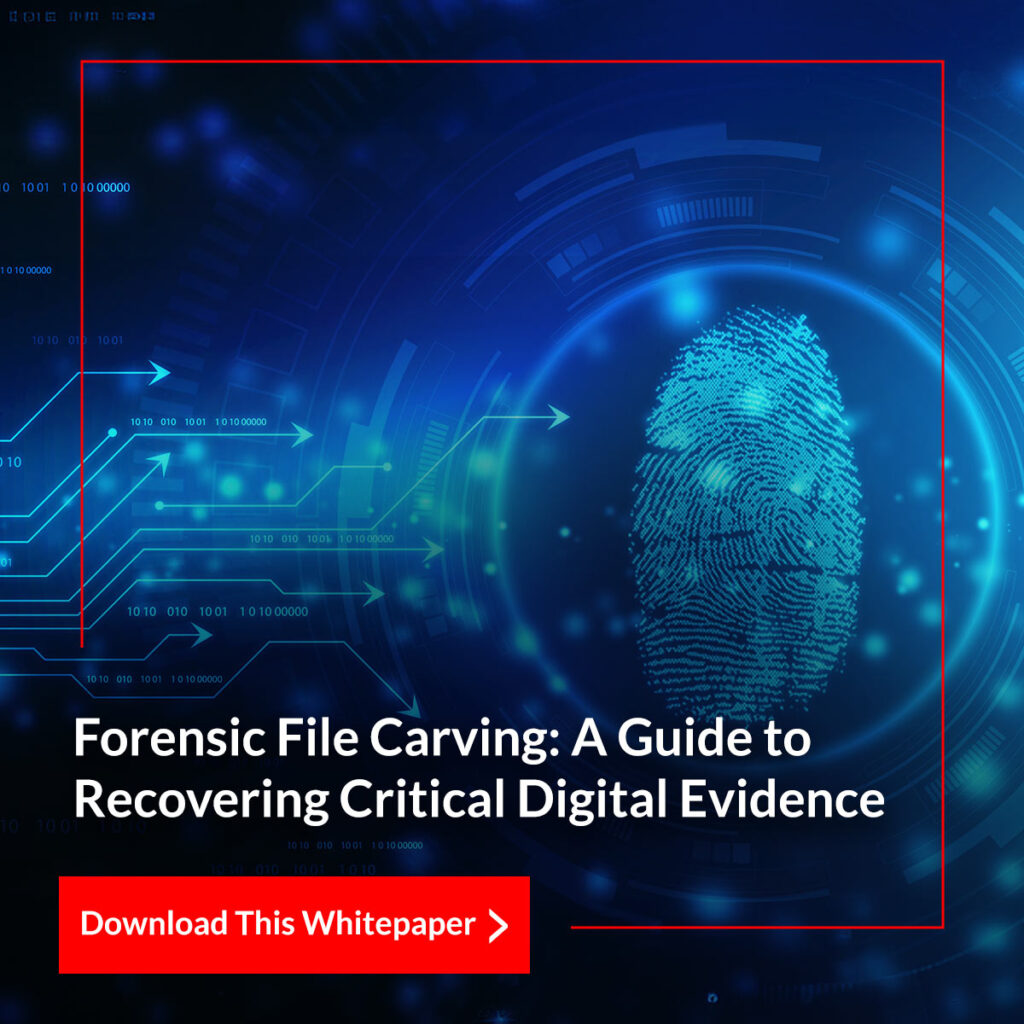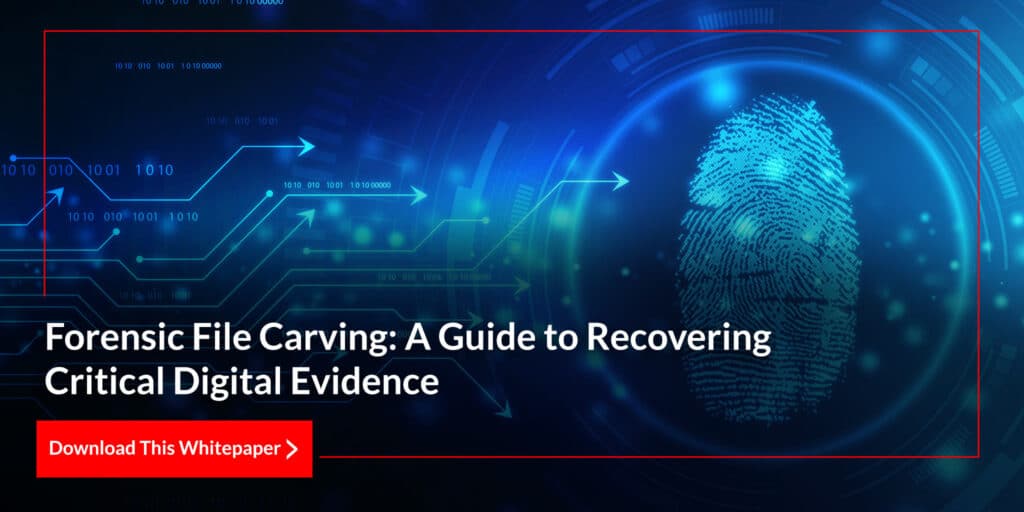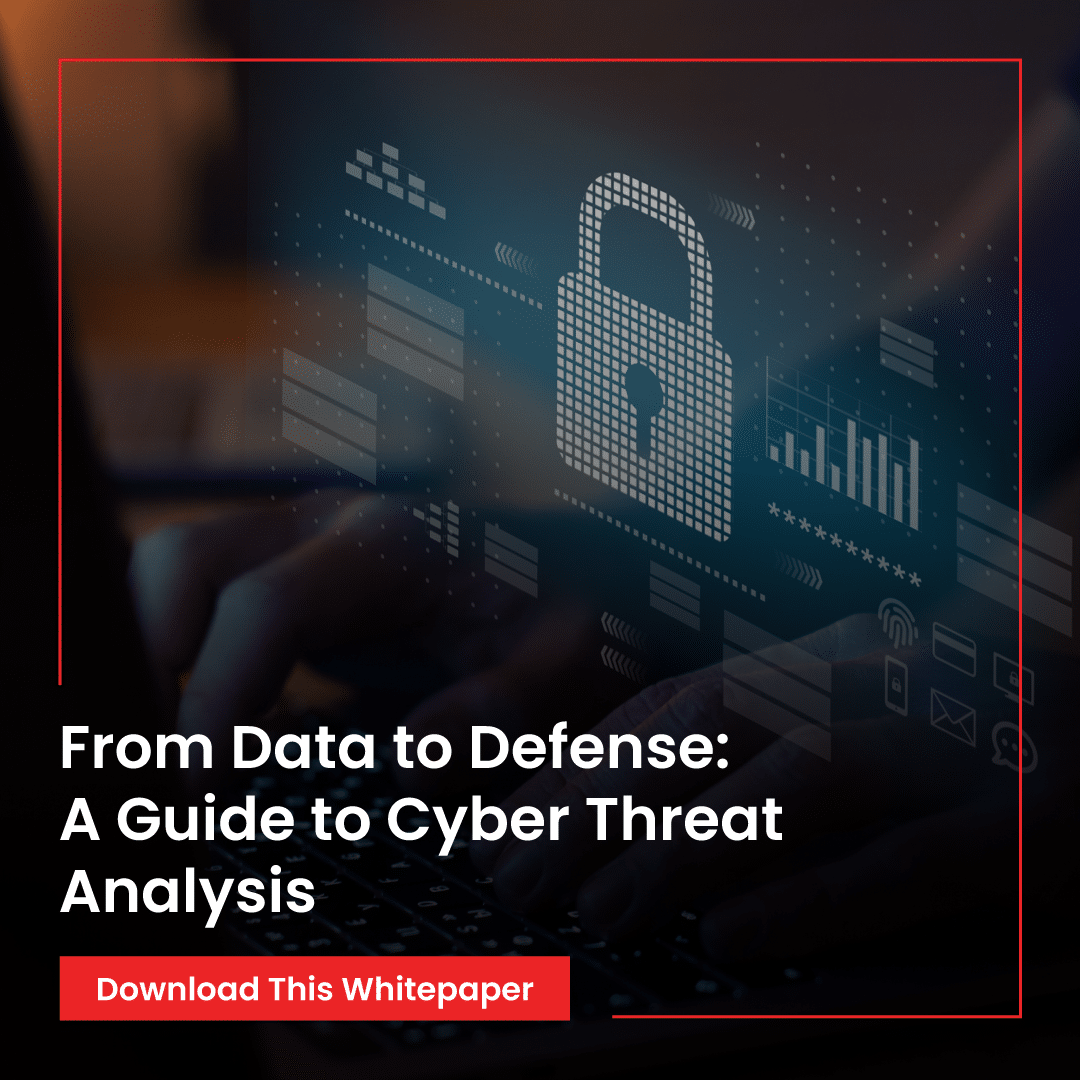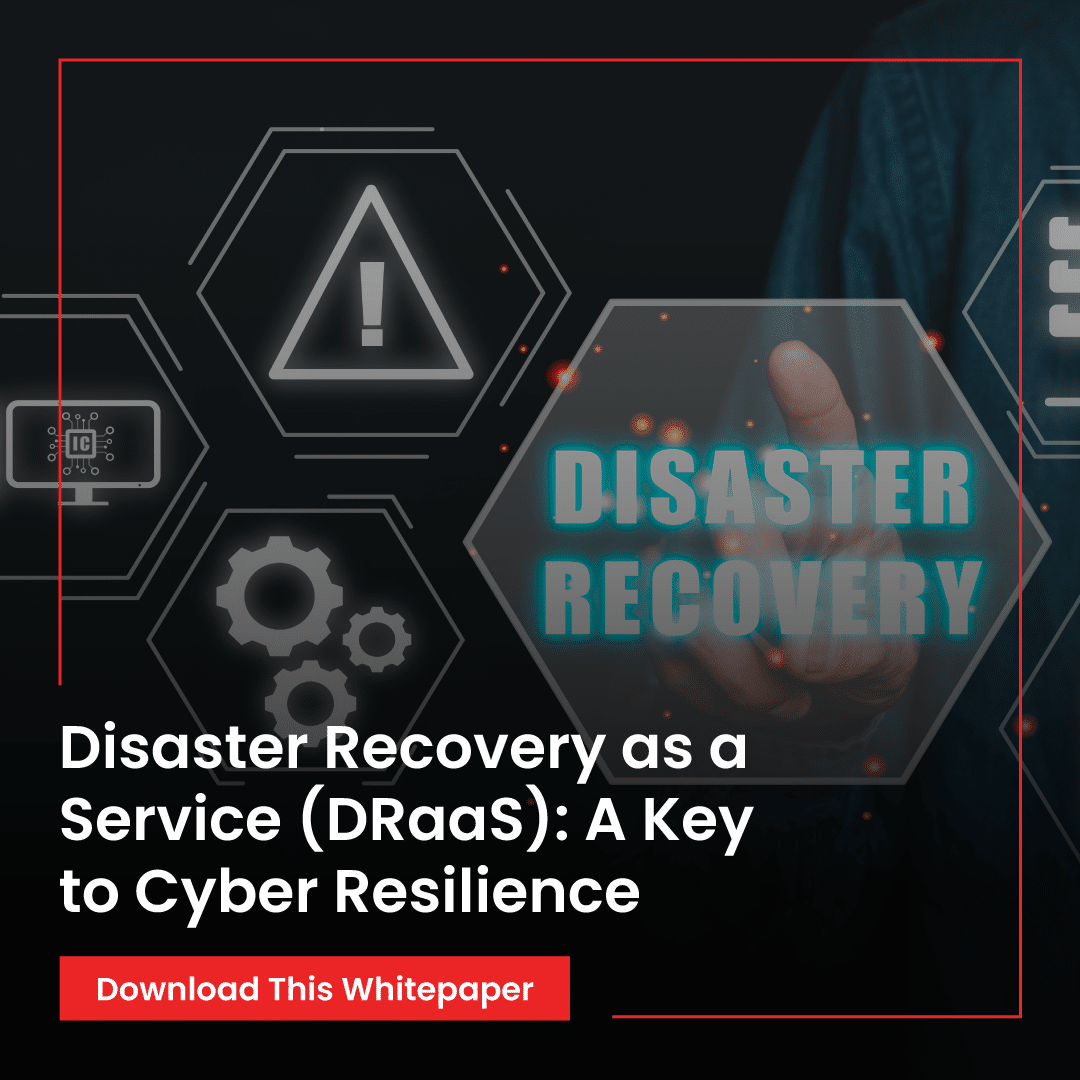Forensic File Carving: A Guide to Recovering Critical Digital Evidence
- 27-November-2024
- Makoma Toona
- Computer Forensics
Digital forensics plays a critical role in combating digital exploitation by extracting and analyzing data from electronic systems or networks for potential use as evidence. Among the various challenges faced by digital forensic investigators, the colossal amount of data that requires investigation in order to detect digital footprints and impact of an cyberattack is most predominant. Thus, towards addressing these issues, automation of process plays a key role, and alongside utilization of file carving approach, the current limitations to effective computer forensic could be elevated. Among the various techniques employed in digital forensics, file carving stands out as a vital method for recovering hidden, deleted, corrupted, or overwritten files from storage devices. By understanding the structure and type of file, forensic investigators can choose from different types of tools and techniques to recover impacted files.
The EC-Council’s latest cyber security whitepaper, “Forensic File Carving: A Guide to Recovering Critical Digital Evidence,” provides an in-depth exploration of file carving, beginning with foundational concepts such as file structures and their influence on recovery strategies. Emphasis is placed on categorizing file carving techniques based on factors like file type, fragmentation state, and the inherent difficulty of recovery. The whitepaper also highlights the diversity of file carving methods, including signature-based, hash-based, structure-based, content-based, graph-theoretic, bifragment, and smart carving approaches, each tailored to specific challenges posed by different file structures. These structures may be contiguous, fragmented, partial, or embedded, depending on the nature of the incident and environmental conditions. To enhance data recovery effectiveness, the paper details the typical procedural steps involved in file carving: preprocessing, collation, carving, and reassembly.
Additionally, the whitepaper also provides a critical evaluation of the limitations and challenges associated with file carving, such as handling heavily fragmented files, distinguishing between valid and invalid data fragments, and mitigating the impact of noise on recovery outcomes. The findings underline the importance of choosing appropriate carving techniques based on the characteristics of the damaged files and the surrounding context.
In conclusion, “Forensic File Carving: A Guide to Recovering Critical Digital Evidence,” is a comprehensive study that aims to advance the understanding of file carving techniques and their role in digital forensics, ultimately contributing to the development of more efficient and accurate data recovery solutions for forensic investigations.
